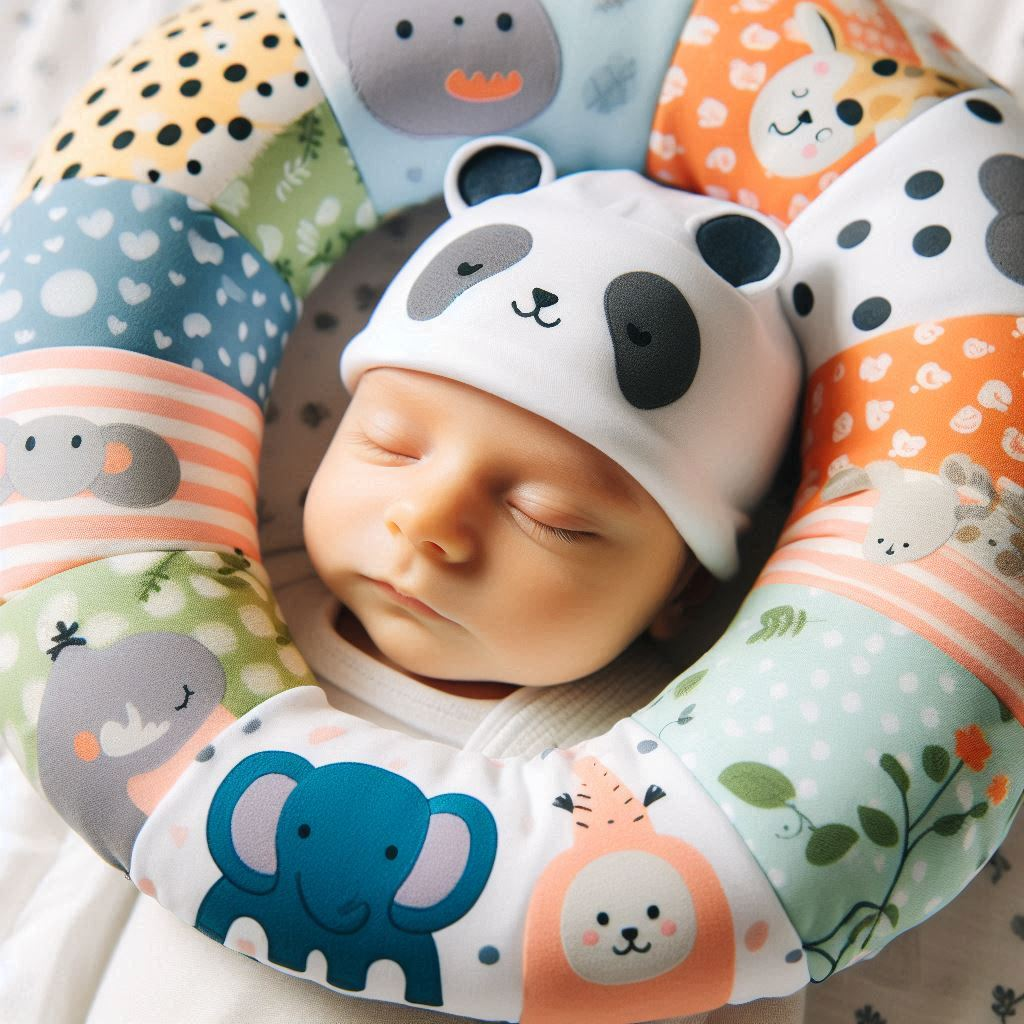Infant Bed Bumpers: Safety Concerns and Alternatives
As new parents, we all want to create the safest and most comfortable environment for our little ones. One item that has sparked much debate in recent years is the infant bed bumper. These padded liners, designed to wrap around the inside of a crib, have been a nursery staple for decades. But are they really safe? Let’s dive into this important topic and explore what every parent needs to know about infant bed bumpers.
Quick Answer
Infant bed bumpers are not recommended by pediatricians and safety experts due to the risks of suffocation, strangulation, and entrapment. Safer alternatives include sleep sacks, wearable blankets, and bare cribs with properly fitted sheets.
Understanding Infant Bed Bumpers

Infant bed bumpers, also known as crib bumpers or crib liners, are padded accessories that attach to the inside of a baby’s crib. They were originally designed to prevent a baby’s head from getting stuck between crib slats and to cushion impacts if a baby rolled into the sides of the crib.
Types of Bed Bumpers
- Traditional padded bumpers: These are thick, pillow-like pads that tie onto crib slats.
- Mesh bumpers: Made of a breathable mesh material, these are marketed as a safer alternative.
- Vertical crib liners: Individual padded strips that cover each crib slat.
The Safety Debate
Despite their perceived benefits, infant bed bumpers have become a subject of serious concern among pediatricians, safety experts, and parents alike. Let’s break down the key issues:
Risks Associated with Bed Bumpers
- Suffocation: Babies can press their faces against bumpers, limiting their ability to breathe.
- Strangulation: Loose ties or fabric can pose a strangulation hazard.
- Entrapment: Babies may become wedged between the bumper and the mattress.
- Climbing hazards: Older infants might use bumpers to climb out of the crib.
Expert Opinions
The American Academy of Pediatrics (AAP) strongly advises against the use of crib bumpers. They state that there is no evidence that bumpers prevent injuries, and the potential for harm outweighs any perceived benefits.
“Bare is best when it comes to a safe sleep environment for infants,” says Dr. Rachel Moon, chair of the AAP Task Force on SIDS.
A Personal Story
When I was preparing for the arrival of my first child, I remember standing in the baby store, staring at a display of colorful crib bumpers. They looked so cozy and cute – I was tempted to buy a set right then and there. But something made me pause. I recalled a conversation with my pediatrician about safe sleep practices. That moment of hesitation led me to do more research, ultimately deciding against using bumpers. Looking back, I’m grateful for that decision, knowing I chose safety over aesthetics for my baby’s sleep space.
The Regulatory Landscape
As awareness of the risks has grown, so too have efforts to regulate infant bed bumpers:
- In 2011, Chicago became the first U.S. city to ban the sale of crib bumpers.
- Maryland banned their sale in 2013, followed by Ohio in 2017.
- In 2022, President Biden signed into law the Safe Sleep for Babies Act, which prohibits the manufacture and sale of padded crib bumpers nationwide.
Alternatives to Bed Bumpers
For parents concerned about their baby’s comfort and safety, there are several alternatives to traditional bed bumpers:
Safe Sleep Solutions
- Sleep sacks: These wearable blankets keep babies warm without the need for loose bedding.
- Fitted crib sheets: Use sheets that fit snugly around the mattress to prevent bunching.
- Properly sized cribs: Ensure the crib meets current safety standards with slats no more than 2 3/8 inches apart.
- Pacifiers: Offering a pacifier at bedtime can reduce the risk of SIDS and provide comfort.
Creating a Safe Sleep Environment
Remember the ABCs of safe sleep:
- Alone: Baby should sleep alone in their crib.
- Back: Always place baby on their back to sleep.
- Crib: Use a firm, flat surface in a safety-approved crib.
Addressing Common Concerns
Parents often have questions about crib safety. Let’s address some common concerns:
Q: Won’t my baby hit their head on the crib slats?
A: While it’s natural to worry, babies are more resilient than we often give them credit for. Modern cribs are designed with appropriate spacing between slats to prevent serious injury.
Q: How can I keep my baby warm without blankets or bumpers?
A: Dress your baby in warm sleepwear or use a sleep sack. Keep the room at a comfortable temperature, typically between 68-72°F (20-22°C).
Q: Are mesh bumpers a safe alternative?
A: While mesh bumpers are marketed as a safer option, they are still not recommended by the AAP. They can still pose risks of entanglement and may give parents a false sense of security.
The Impact of Safe Sleep Practices
Implementing safe sleep practices, including avoiding crib bumpers, has had a significant impact on infant safety:
- Since the AAP’s “Back to Sleep” campaign in 1994, SIDS rates have decreased by over 50%.
- A study published in the Journal of Pediatrics found that between 1985 and 2012, 48 infant deaths were attributed to crib bumpers.
- The Consumer Product Safety Commission reports that unintentional suffocation is the leading cause of injury-related death among children under 1 year of age.
Making Informed Decisions
As parents, we’re bombarded with product choices and often conflicting advice. When it comes to infant bed bumpers and safe sleep practices, it’s crucial to:
- Consult with your pediatrician about safe sleep recommendations.
- Stay informed about current safety guidelines and product recalls.
- Prioritize safety over aesthetics in your baby’s sleep environment.
- Share safe sleep information with caregivers, family members, and friends.
Conclusion: Prioritizing Safety for Sweet Dreams
While infant bed bumpers may seem like a cozy addition to your baby’s crib, the risks far outweigh any potential benefits. By creating a bare, safe sleep environment and following expert recommendations, you can ensure your little one has the best chance at safe and restful sleep.
Remember, a simple crib with a firm mattress and fitted sheet is all your baby needs for safe, comfortable sleep. As your child grows and develops, their sleep needs will change, but safety should always remain the top priority.
Next Steps for Parents
- Review your current crib setup and remove any unnecessary items, including bumpers.
- Invest in quality sleep sacks or wearable blankets for your baby.
- Share this information with other parents or caregivers in your life.
- Stay up-to-date with the latest safe sleep guidelines from trusted sources like the AAP.
By making informed choices and prioritizing safety, you’re giving your baby the gift of safe, peaceful sleep. Sweet dreams to you and your little one!

Jessica Winter is a passionate parenting blogger with two years of experience guiding new and seasoned parents through the joys and challenges of raising babies. Her insightful posts blend personal anecdotes with expert advice to offer a warm and practical perspective on modern parenting.

